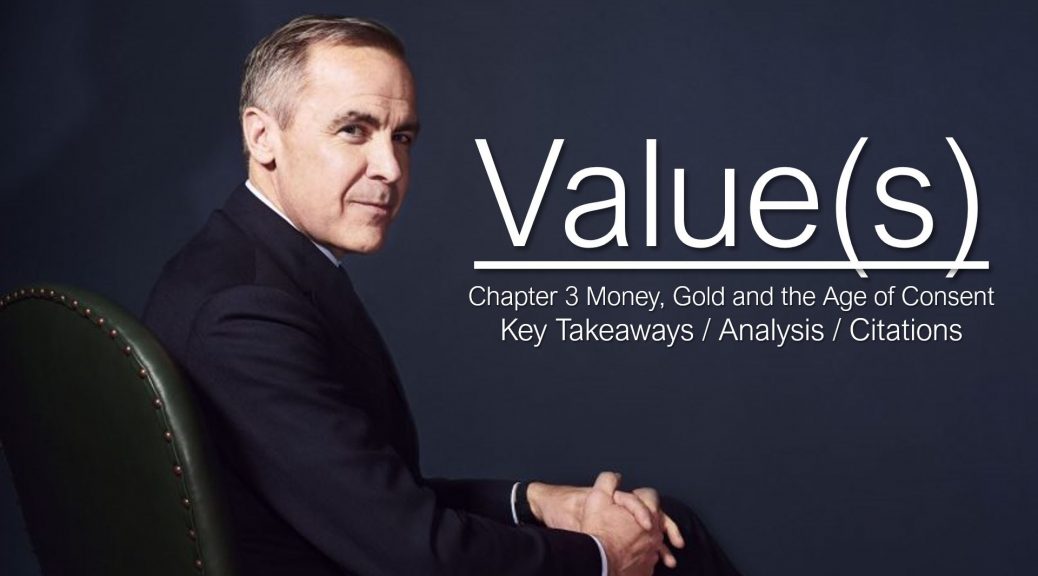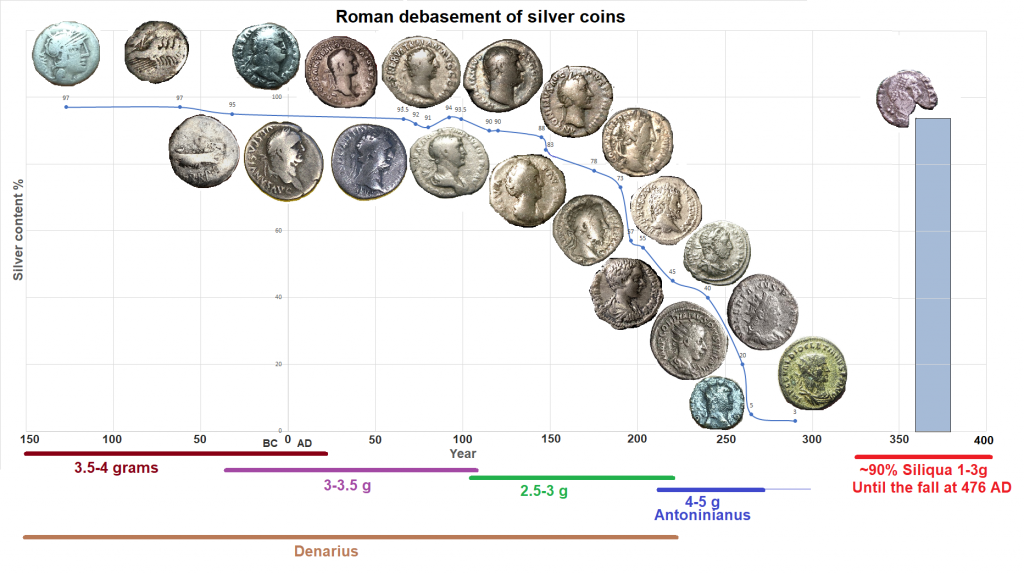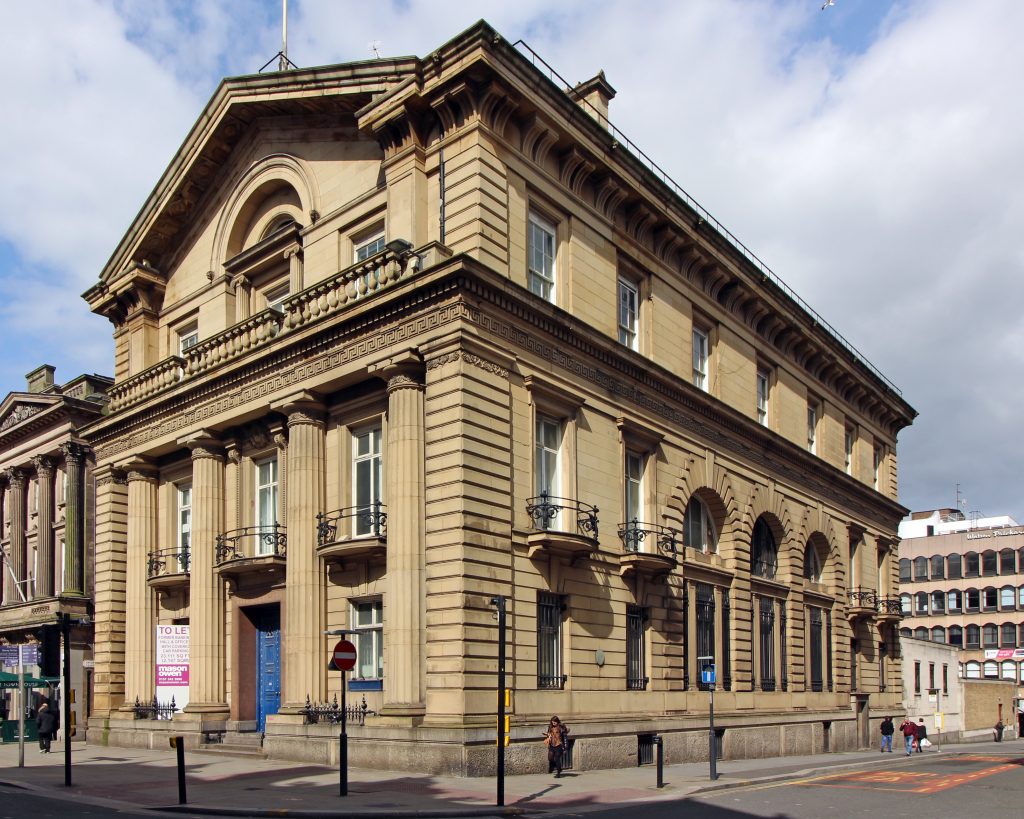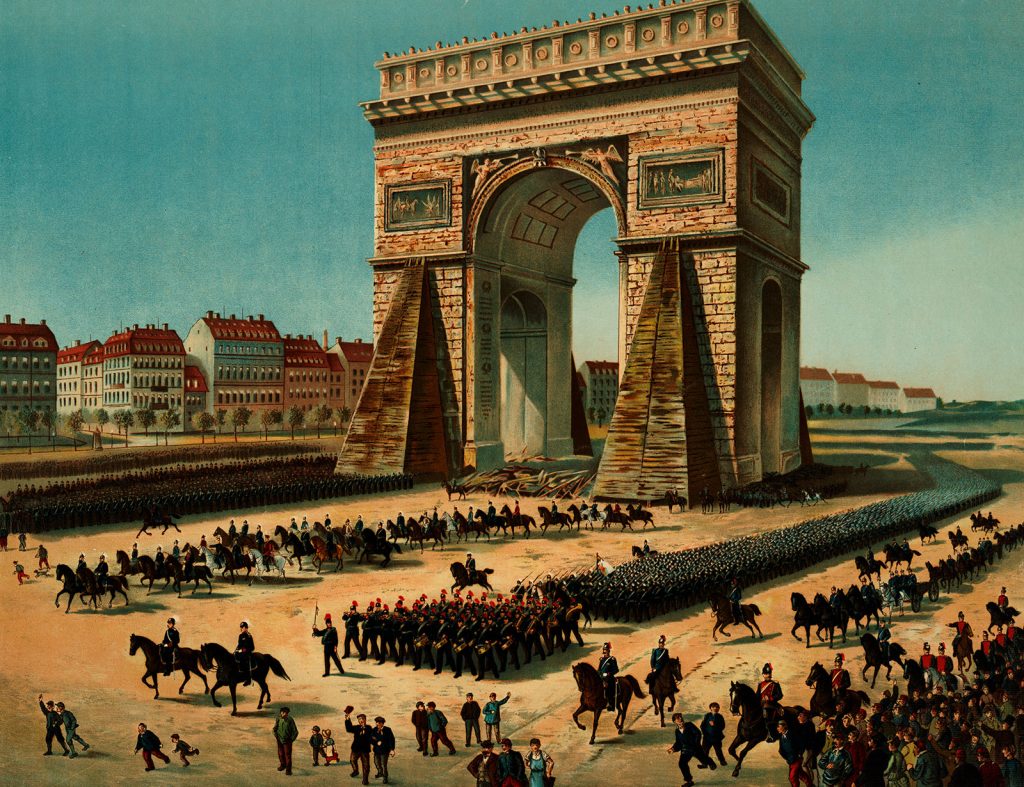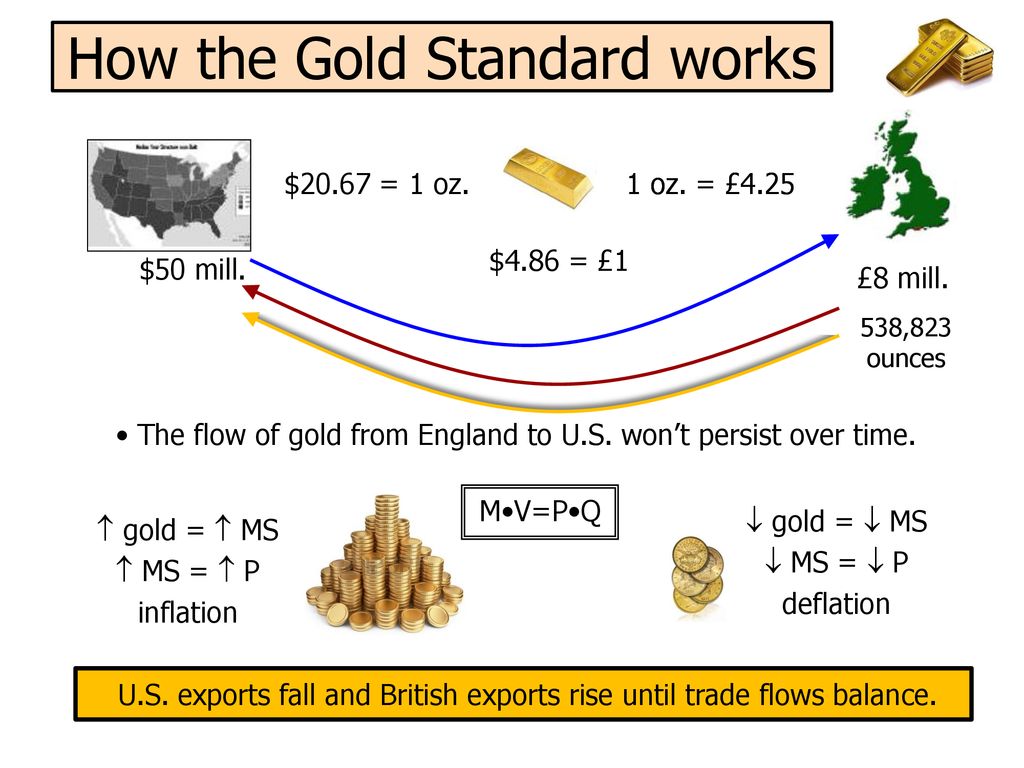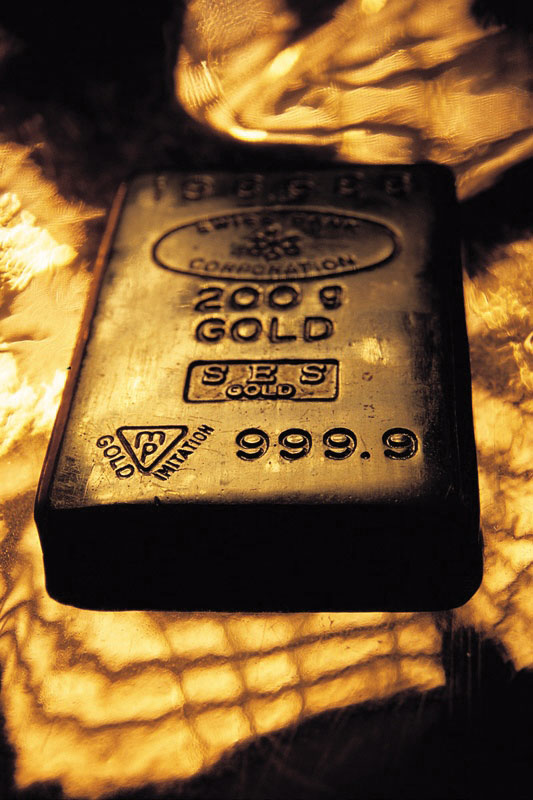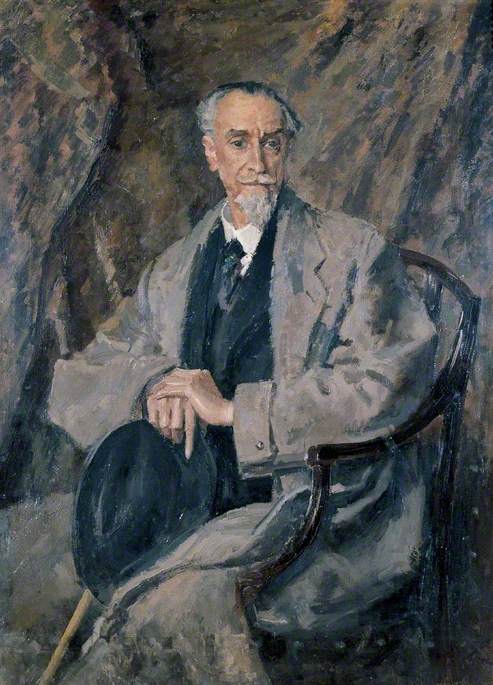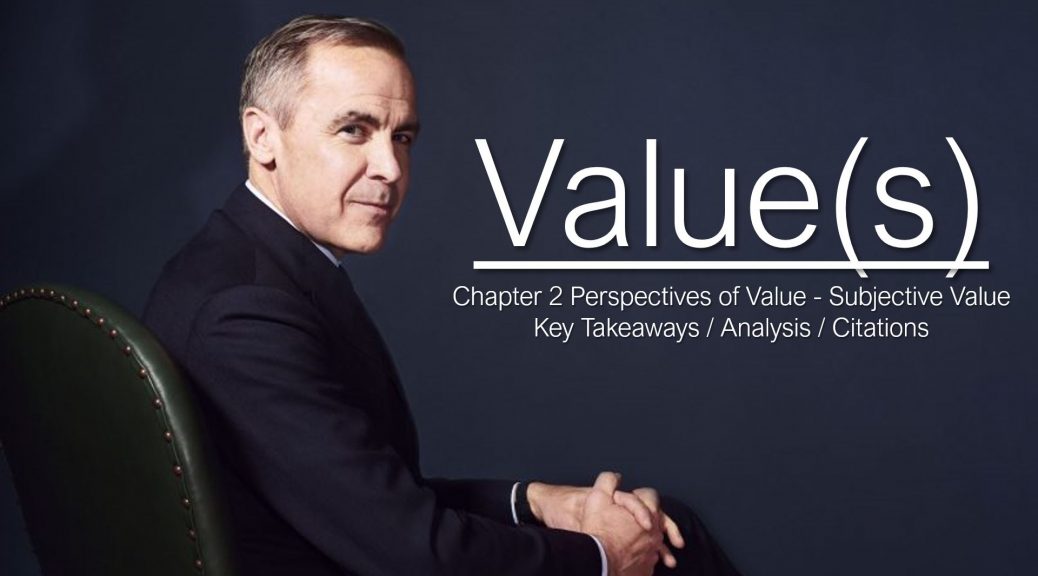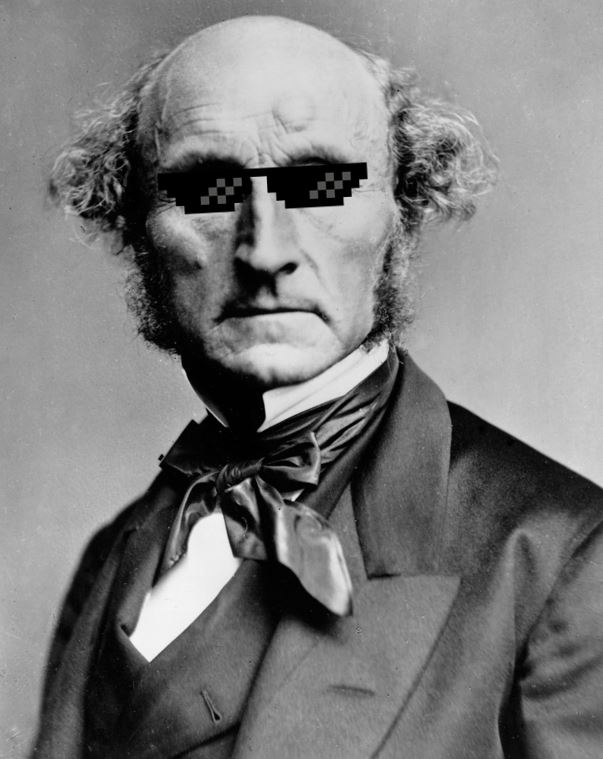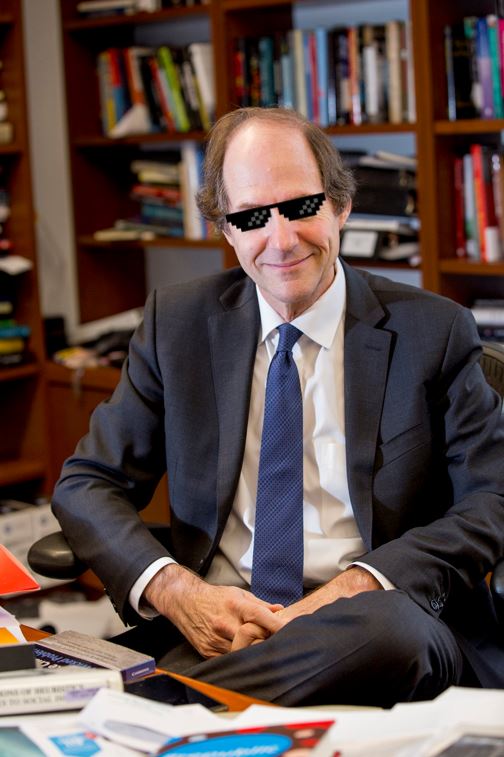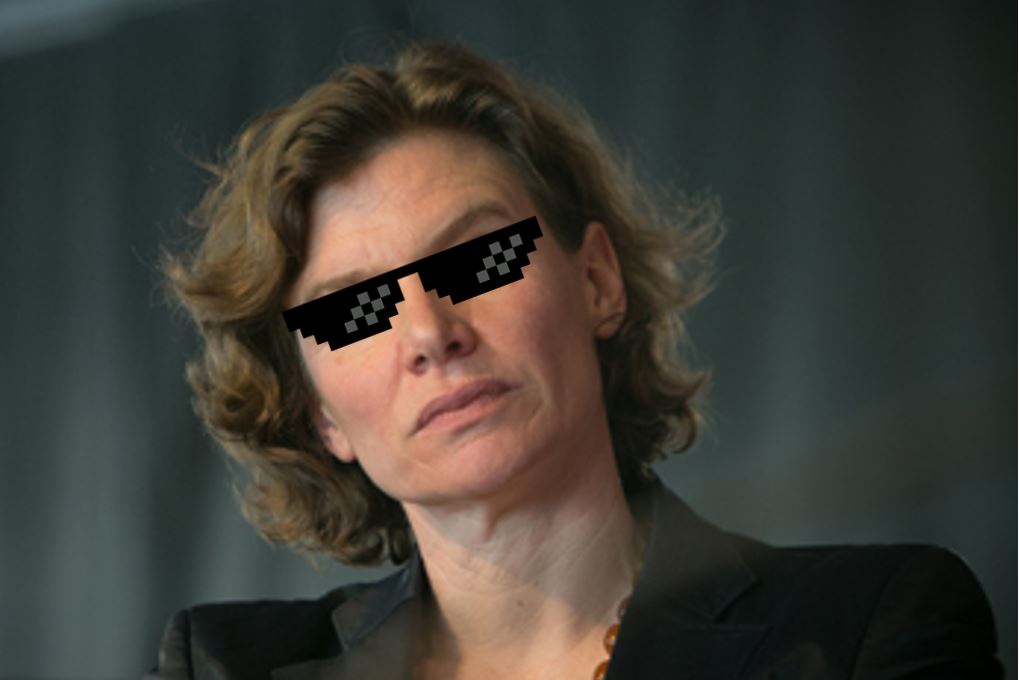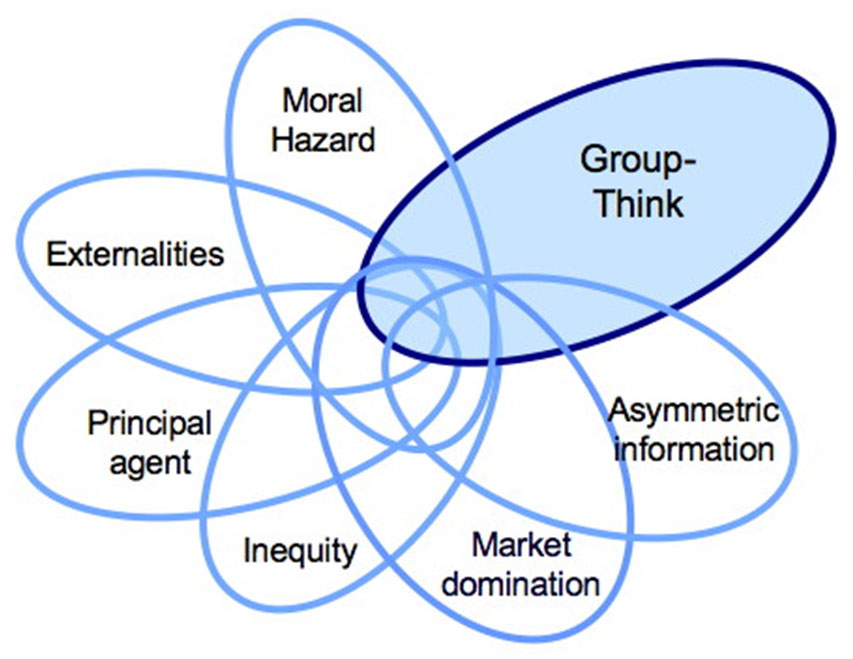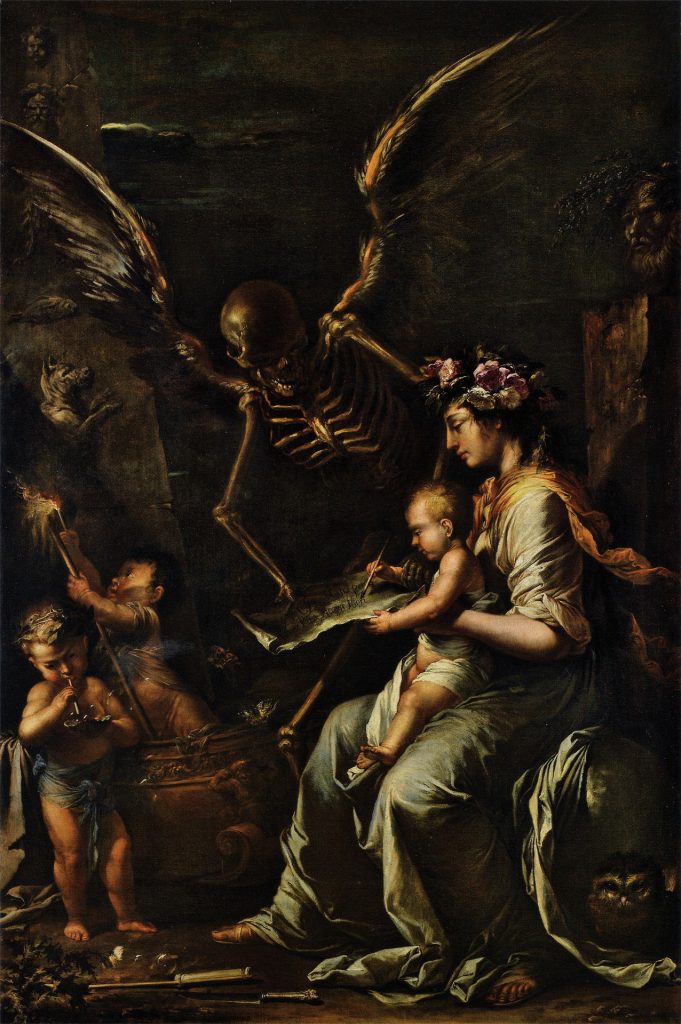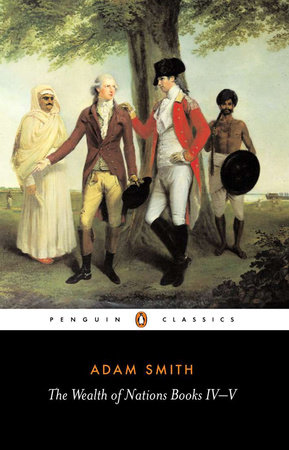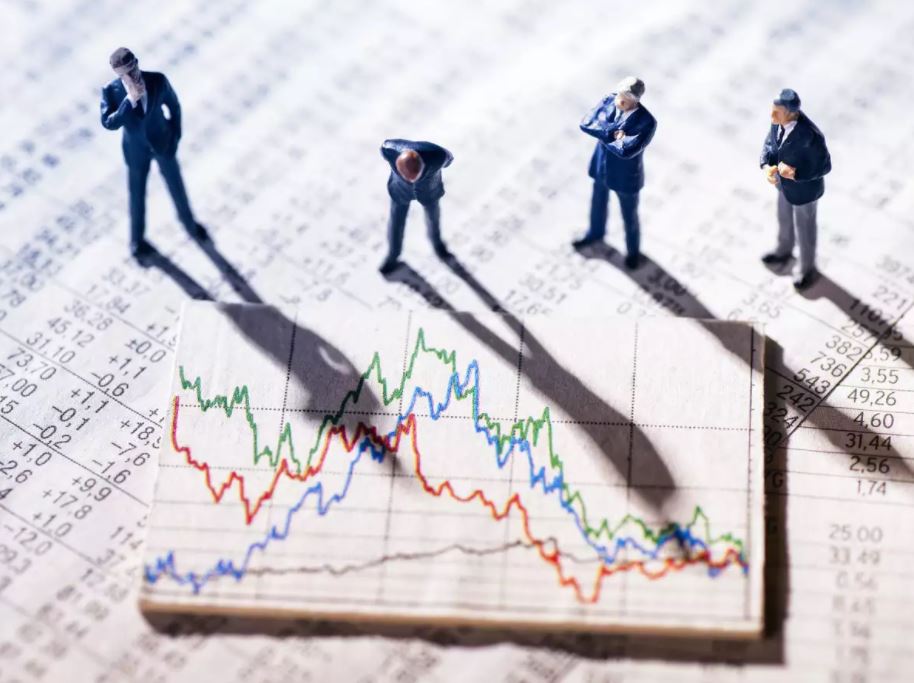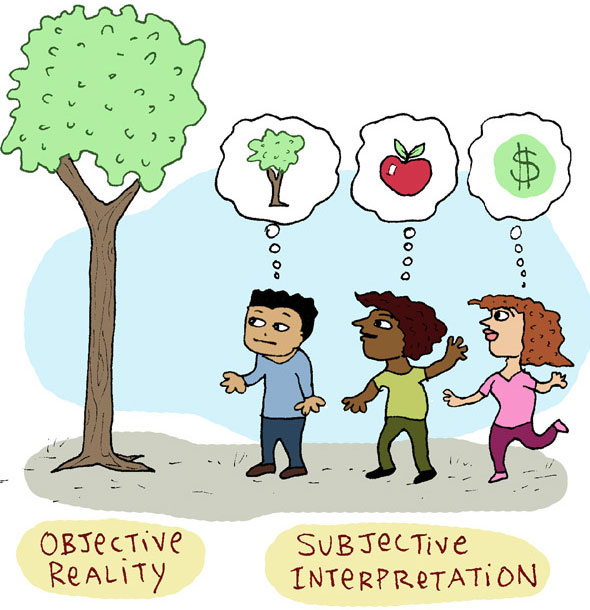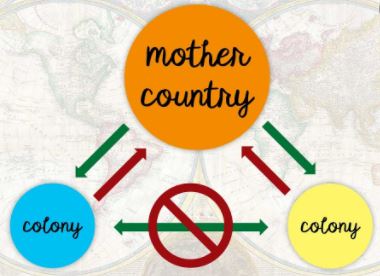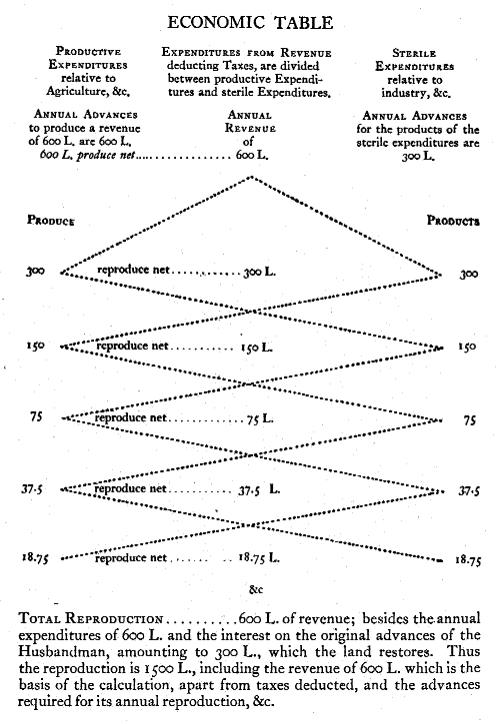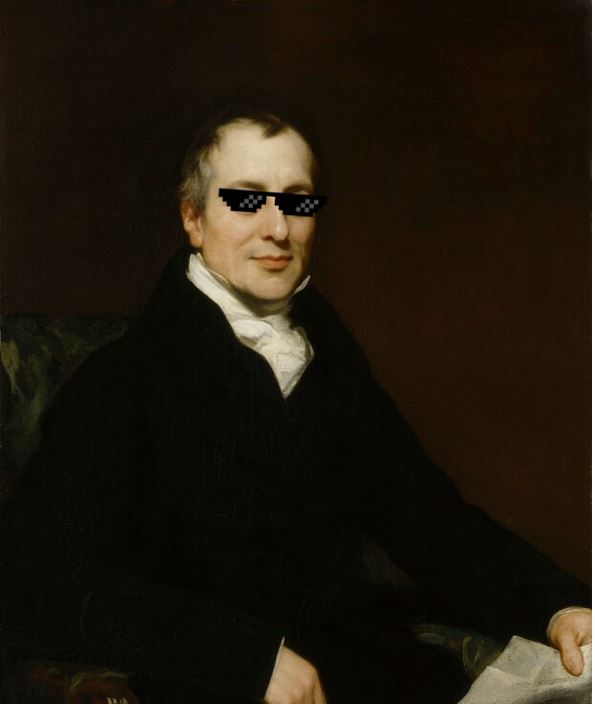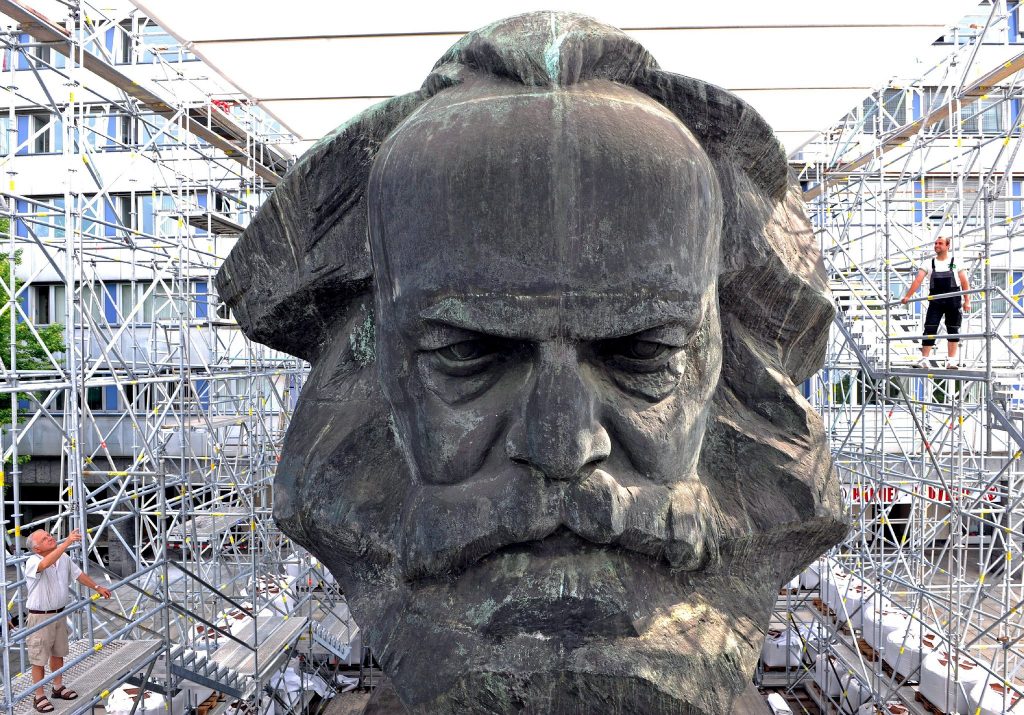Chapter 4 From Magna Carta to Modern Money
Key Takeaways
Constitutional Principles Underpin Money: Sound money is a societal convention that is backed by institutions that reflect some abstract form of that society’s values in Carney’s view. He then turns to another societal convention, democracy to illustrate the value of rules that are independent of the will of strong actors, whether it be bankers or politicians. Carney makes the case here that Britain’s innovation in banking stems from its innovating in constitutional order.
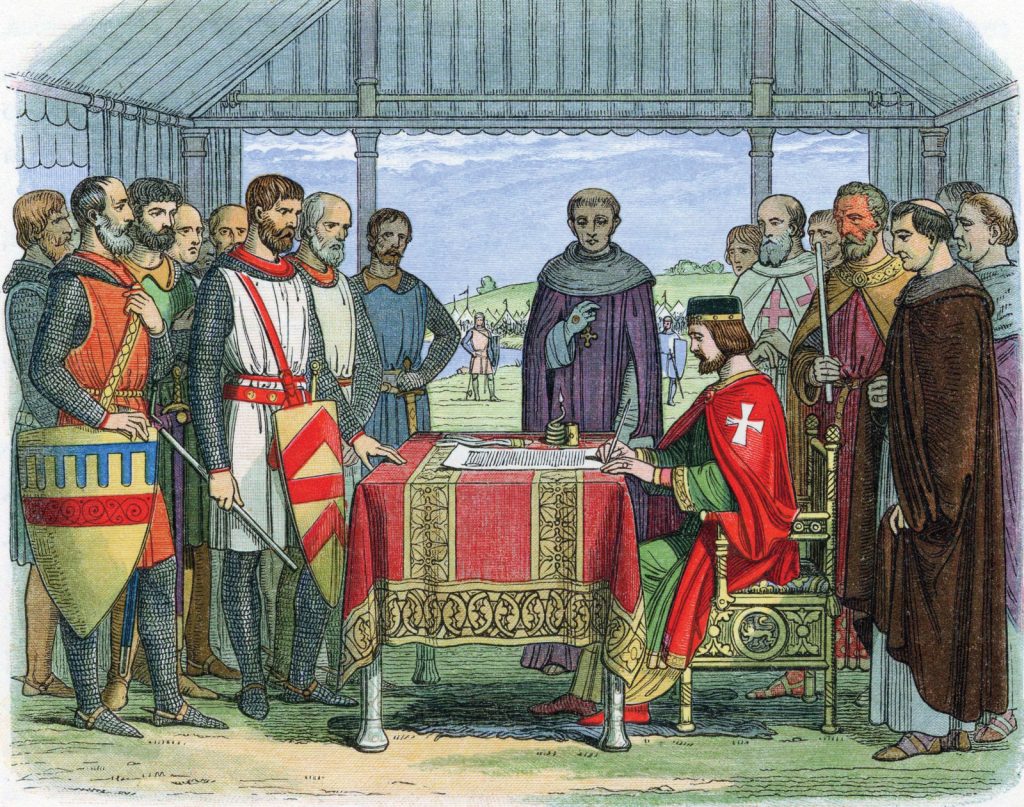
Magna Carta 1215: was on display at the British Museum in 2015. It is a bunch of rags really. But Carney sees the 800 year anniversary as a reminder of its amazing story. It was a product of its time. There were a series of Magna Carta documents, each increased as a pragmatic negotiation between King and powerful interest groups.
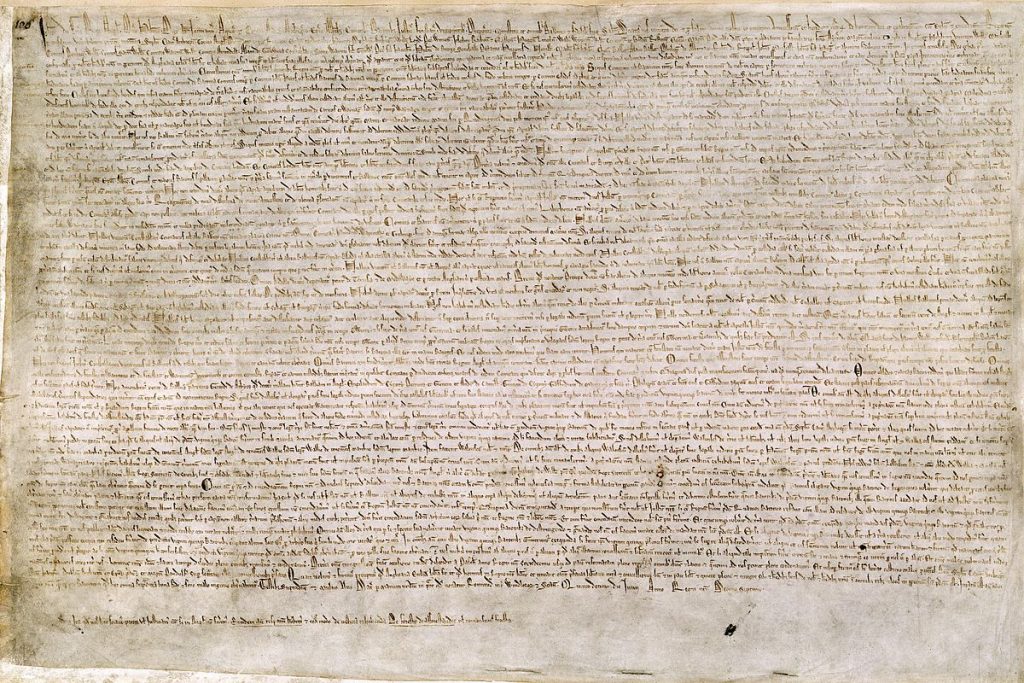
Factors in the Run-Up to the Signing of Magna Carta:
- There was a dysfunctional English (actually French) monarchy;
- The war with France over European conquests was expensive;
- The relationship between local barons and central authorities (monarchy) was poor;
- Kings of England typically lived in Anjou or Normandy until 1205 when King John moved to England and started to more closely track the silver stockpiles of barons. Barons directly collected fixed farm income from their villeins (ie. peasants) and then paid the king a smaller fixed farm fee.
- King John and the barons did not cooperate with each other because of King John’s tax hikes and the heavy public debt finances which were used to pay for a) an extravagant lifestyle, b) monarchical infighting, c) wars (military funding), d) the crusades.
- King John used the judicial system to extra additional fees from barons in an extortionist fashion.
- Security for the Norman castles was a huge structural deficit as he attempted to continually re-conquer northern France;
- There as a financial crisis due to a public sector bail-out when Richard I was held for ransom at £66K which was two times the Crown income and ¼ the equivalent of the UK bank bailouts from 2007 – 2010 (RBS, Northern Rock, etc)
- Then there was the cost to pay for the crusades and reclaim Jerusalem that the barons were forced to cover;
- Inflation (ie. prices increased) in the 13th century. Crown income from ‘farms” were fixed in nominal terms while the governments expenses were subject to inflation in prices. The farms were not permitted to renegotiate the Crown incomes and so “The King’s finances were unhedged.” pg 80, Value(s). The solution was to kick the farmers off the land in what is called desmne control so that the real output of the land could be collected by the owner. The barons were doing just that. The largest barons had the most scale and became very wealthy elites. Efforts to increase the king’s cut of the fixed farm fee were met with derision and so the King had to find other ways to raise money.
- The King (ie. public sector) could not pull this demesne strategy himself because of the power of the sheriffs’ and other royals needed to maintain power…
- The cost of wheat, oxen and work horses were also all rising rapidly in price in the early 1200s.
- The wages were also rising such that King John was paying three times what his father paid to his knights. Foot soliders’ daily rate doubled. Pay growth was approaching 20% growth year on year, wages were fizzing.
- Global monetary conditions were a major factor in the 13th century. It is believed that there was a massive increase in the number of silver coins in England and an increase in Europe due to the Harz silver mine in West Germany.
- In addition, there were massive wool trading flows in exchange for silver coin with Flanders.
- Even with outflows of silver for Norman defenses and the crusades, the balance of payments was in surplus for many years and the silver coin supply increased.
- There was also financial innovating in that under common law, land would become an increasingly liquid asset which meant it was an alternative store of wealth that was used in lieu of silver which the king would confiscate a portion of as income.
- Recoinage started in 1204 in which coins were smelted down and reminted. They had to exchange clipped coins (which reflected inflation) for their actual worth on a metallic basis which did not reflect inflation. This recoinage meant everyone wanted to get out of silver coins.

Magna Carta was issued under fiscal, monetary and political duress in June 1215 with the help of the Church. Within 3 months, King John re-neged on the deal, thus triggering the First Baron’s war. The Magna Carta was the most detailed effort to win favour with the nobles. It was signed 16 years into King John’s reign. A council is the embryonic parliament and parliament is the embryonic future form of democracy currently being developed in the 21st century. And Magna Carta’s text has been used around the world. The exercise of the authority must be approved by such agreements.
The key ideas from Magna Carta that were novel at the time were:
- Freedom of religion (freedom of the Church or freedom of other beliefs)
- Habeas corpus (no wrongful imprisonment, must be legally justified)
- No bribery.
- Establish a council for developing laws.
Just as Magna Carta was a product of the refusal to be ruled arbitrarily. Carney argues that the gold standard was undermined when society rejected that arbitrary measure of value.

Constitutions That Govern Money:
The Bank of England charter in 1694 was also novel. The authority of independent bodies enables this innovation. It was the only joint-stock bank in London by the 19th century. It was criticized for acting against the public interest since external international obligations superseded domestic interests. It became the lender of last resort and adopted the Bagehot principle that it would lien against good collateral at hefty rates in financial crises. By the 19th century, it was the monetary policy hub for the world and operated the gold standard. BoE was nationalized in 1946. The BoE was not intervened with by the government.
In the 1950s and 60s there were devaluations and then inflation in the 1970s and 1980s. There were banking crises and a housing market boom and bust. There was Black Wednesday in 1992 in which the UK was ejected from their tether to the Germany Mark (Exchange Rate Mechanism) of the EU.
Modern money is backed by trust, independence of partisans, broad-based public support and is not backed by gold, land or some other asset. Modern money is confident that:
- Banknotes are real not counterfeit;
- Money’s value will not be eroded away through run-away inflation;
- The debt burden will not fly to the moon due to price and wage deflation;
- Money is secure, won’t disappear in a financial crisis or otherwise.
There is monetary and financial stability:
Monetary Stability: money’s value can be counted from the mint. 2% inflation target.
Financial Stability: ability to provide loans, ensure orderly response during shocks, and support transactions. Every transaction gets settled in the Bank of England in the United Kingdom.

The Breton Wood system collapsed in 1971, there was in a series of botched experiments in the United Kingdom. There were price increases of 700% in the 80s. Unemployments was very high in the UK. The electoral cycles and firms and households were anticipating the preferred rate of inflation, and then let the monetary authority follow through. Rather than the other way around. There was criticisms that the Bank of England would protect its own interest as it pertains to protecting its gold reserves over that of the general public, during times of uncertainty. But that faded as it became the lender of last resort (intervening to protect interests).
The Monetary Constitution:
Removing political interference and a commitment to low inflation targeting helped to provide transparency about what it is a central bank is doing. For Mark Carney, low inflation targeting was a major innovation in central banking. It basically made the work autonomous, data-led, non-ideological and empirical….just like Adam Smith would have liked.
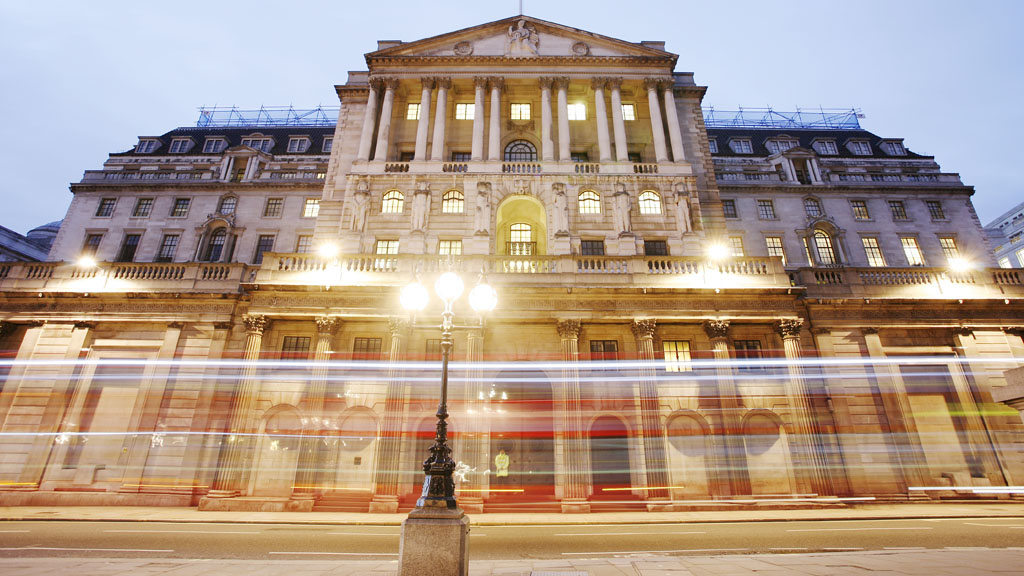
The 1998 New UK Framework:
The Bank of England Act of 1998 was the spirit of Magna Carta realized in monetary policy. Power flows from the people via Representative Democracy. The big highlights of the new framework was:
- A new Monetary Policy Committee,
- A constrained discretion was applied to the Bank of England,
- The MPC sets an inflation target for the medium term and delegates how that is achieved.
Bank of England has to explain its goal. The financial crisis happens roughly every decade, according to Mark Carney. The 2008 crisis caused a decline in trust. There are no macro-economic interventions. The counterfactual of a policy is very hard to prove. So us mortals are left with our deductive reasoning…..
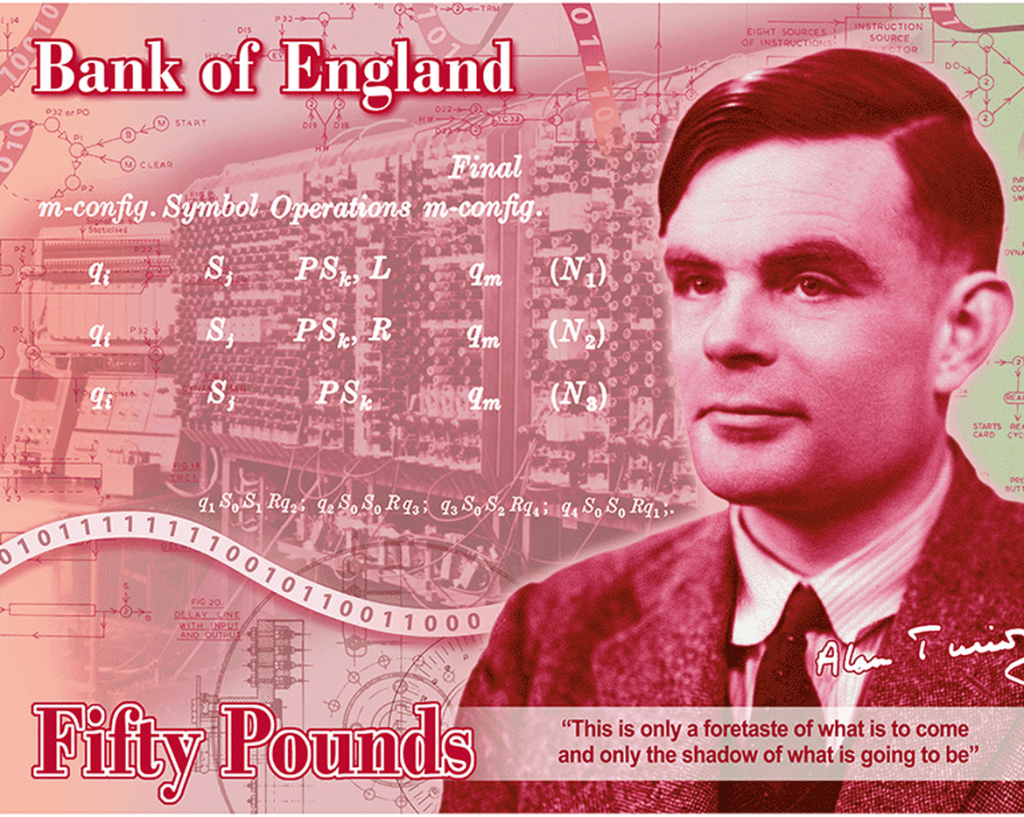
Central banks should address financial risks. It needs continual trust. Changing the bank notes to Jane Austen and Turing is the more symbolic work that Mark Carney’s leadership at the Bank of England delivered. Technocratic decisions have the slur of gold even though it was done away with years ago…Carney believes in illustrating a better understanding of Bank of England decisions. They publish the objectives of the bank to try to meet people where they are. Bitcoin doesn’t work according to Mark Carney. The next chapter will blow Bitcoin up.
Analysis of Part 1 and Chapter 4
- The whole point of money is to reflect the scarcity of goods in reality. The point of money, as accurately as possible, is to be the accounting of the economy in quantifiable terms. Disappointing and often wildly inefficient but is money supply gets too far disintermediated with the economy it is supposed to reflect then you have crises like deflation / inflation / hyperinflation: Weimer Republic or Zimbabwe or Lebanon or Brazil or Argentina. So people who say just print print print don’t understand inflation is. There are consequences to the value of currency as it is tethered to the scarcity of goods and services in the real economy. The rate of ‘printing’ which is more complicated then the expression suggests should reflect the rate of inflation. It’s hard to track but not impossible especially with more data sources.
- Central Banks operate the Real-Time Gross Settlement (RTGS) for holding accounts for commercial banks and other institutions. This service delivers the risk-free settlement which is critical for liquidity within the system.
- The elephant in the room is that the political state has a monopoly on a country’s currency. On the banknotes it says ‘pay the bearer’ which carries the unconditional backing of the state. As such, the monopolistic behaviours of those employed at the Bank of England should be expected, however this is not addressed by Carney. Trust is tacit.
- Carney seems to downplay the subjectivity of central bankers, particularly when they decide which banks are allowed to fail and which banks are saved. In the 19th century, there is uneven policy implementation in this regard as discussed by Dornbusch and Frenkel’s “Crisis in 1847.”
- Carney gets caught up in having to have a thesis and presenting arguments for that thesis and then addressing the counter-arguments which is the core of academic adversarial discourse. For example, Carney makes the claim that from 1998 to 2008, the Bank of England with its public ownership did really well. And that from 1950s to 60s and then 70s and 80s, the Bank of England which was subject to political interference did badly as a steward for the British economy…this is a classic sales pitch. Carney focuses in on the variable he would like to have you believe has caused a complex economy to thrive: in this case, independence of a central bank (independent variable), with a positive outcome (dependent variable). Unfortunately, there are 1000s and millions of identifiable variables acting in a complex system that contribute to the performance of the British economy from the 1950s to 2008….However, I think he is likely correct. Just cannot be honest in saying it is a certainty.
- Carney seems to downplay the power of networks as well. The Bank of England’s employees do not live in a vacuum. If they did, then they would not have been employed at the Bank of England. As any human organization requires, the Bank of England hires those who are like the existing employees, not necessarily based on gender and ethnicity but based on mindset. There is the tragedy of self-selecting and sorting within all human organizations that leads to a lack of diversity of ideas. This, in theory, would be particularly in the case of organizations that underperform. But not necessarily, I guess professional wrestler have to be good actors and central bankers have to be economists….However, the further complication is that organization performance is frequently obscured by externalities and the complex set of variables acting on reality that make an evaluation of an organizations performance impossible without a parallel or split test of that same organization during the same period of time being evaluated. Something to work on for sure.
- This is where I realized, he just wants to sell books and not be Prime Minister of Canada. Or at least, he doesn’t tie this back to Canada. He is far removed and speaking to a British audience quite a lot in this book.
- The gains of independence have been more stable inflation but then Carney says things turned south with the 2008 financial crisis.
- Monday morning quarterbacking about the financial crisis is odd to read here. You get the sense that Carney is a historian, not necessarily a data scientist.
- The idea that inflation was a major component of the signing of Magna Carta is lost on the department that focuses in on Magna Carta….political science and history departments. Carney is exposing herein that academia is too siloed/departmentalized, often in order to provide a misleading view of the world. I do believe that Carney is sufficiently de-departmentalized however, just barely though. He is big on being cool.
- ESG critiques abound!
Citations Worth Noting for Part 1: Chapter 4:
- N. Vincent, Magna Carta: A Very Short Introduction (Oxford: Oxford University Press, 2012).
- P.D.A. Harvey, ‘The English Inflation of 1180-1220’, Past and Present 61.
- R. C. Palmer, ‘The Economic and Cultural Impact of the Origins of Property: 1180-1220’, Law and History Review 3(2) (Autumn 1985).
- Eddie George, ‘Central bank independence’, speech given at the SEANCE Governors’ Symposium, 26 August 2000.
- Inflation Targeting, Mark Carney at LSE, 2017. The Lambda stump speech: https://www.youtube.com/watch?v=PlQ1ajRqhgk
- Lender of Last Resort Explained by Rudiger Dornbusch and Jacob Frenkel (1984) ‘The Gold Standard and the Bank of England in the Crisis of 1847’ National Bureau of Economics Research. A Retrospective on the Classical Gold Standard. 1821-1931.


